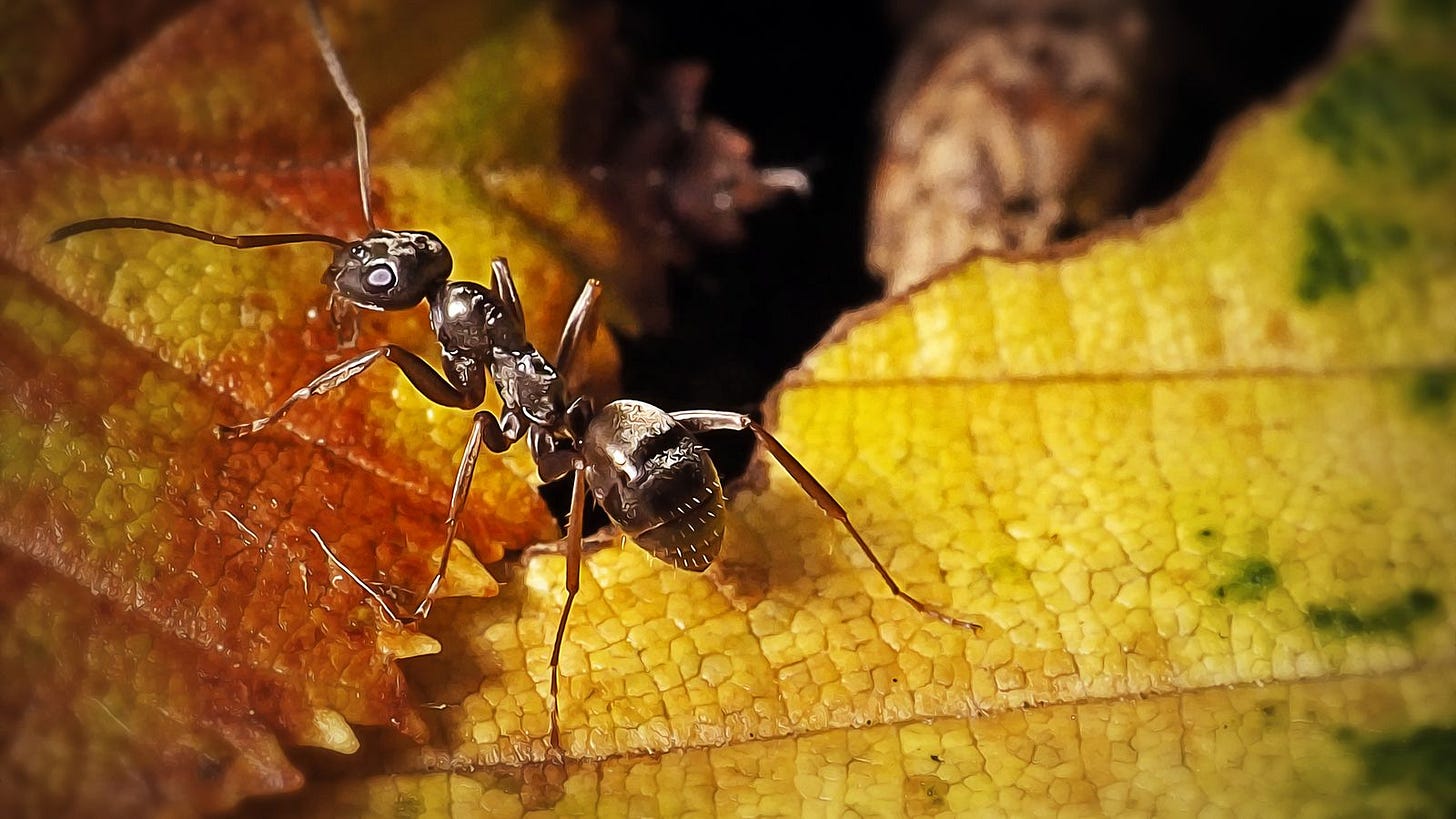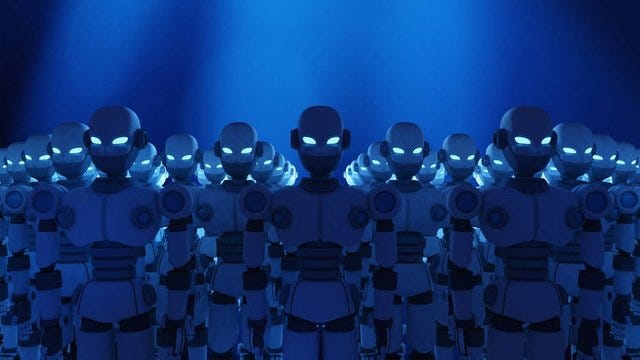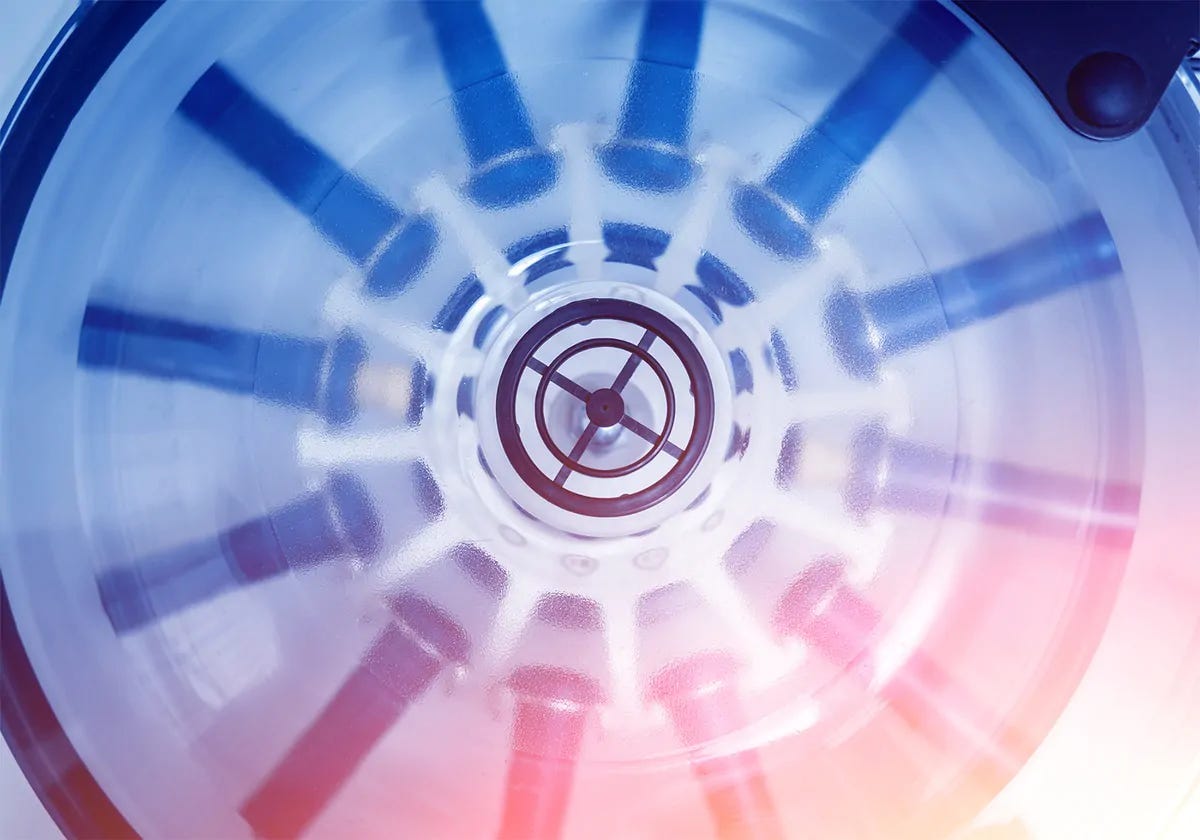Students work on computers in the computer lounge at the campus of the University of New South Wales in Sydney, Australia, August 4, 2016. REUTERS/Jason Reed AUNI
As ChatGPT faces Australia crackdown, disabled students defend AI
As the chatbot stirs debate over the use of technology and artificial intelligence (AI) in education, disabled students and educators have said the benefits should not be overlooked in a rush to regulate.
"We need to have a really careful distinction between making things accessible and getting AI to think for us," said Whitehead, a 30-year-old philosophy major who uses technology to convert on-screen text to speech.
Earlier this month, the Group of Eight (Go8) consortium of top Australian universities announced its members will set more pen-and-paper assessments in response to ChatGPT amid fears students could use it to generate essays and cheat at exams.
"Assessment redesign is critical ... as we seek to get ahead of AI developments," its deputy chief executive Matthew Brown told Context.
Kevin Patton comment→ This is an important consideration. I think we also ought to consider that many students who are not certified as disabled may also be able to benefit in meaningful and appropriate ways.
Read more→ AandP.info/hje
Ants can 'sniff out' cancer in urine, scientists find
Scientists discover that ants have the ability to detect the scent of a cancerous tumour in urine.
Several types of cancer have been found to alter the smell of urine, but for the first time experts have found ants have the ability to detect the scent.
In their findings, published in the journal Proceedings of the Royal Society B: Biological Sciences, they said these insects could be used as a cost-effective way to identify cancers in patients.
Study author Professor Patrizia d'Ettorre, of Sorbonne Paris Nord University, said: "Ants can be used as bio-detectors to discriminate healthy individuals from tumour-bearing ones.
Read more→ AandP.info/zih
Teaching: When the Cat Destroys Your Sweater, Knit Something New
During the session, she drew a comparison that resonated. Before the pandemic, teaching was like a sweater, said Masland. “Maybe my sweater was a different color than yours, maybe it was made out of a different material, maybe it had different sleeves,” she said. “But we could look at all of each other’s sweaters and be like: Yeah, that’s a sweater.
“Then during the pandemic, though, our cat got to the sweater.”
Ever since, Masland said, instructors have been mending furiously.
“We’re trying to get the sweater back the way it was,” she said. “But maybe we’d be better served to look at the ball of yarn and be like: Ya’ll, I think this might be a potholder now.”
Read more→ AandP.info/m67
Universities offered software to sniff out ChatGPT-written essays
Turnitin, best known for its anti-plagiarism software used by tens of thousands of universities and schools around the world, is building a tool to detect text generated by AI.
Large language models have gained traction since the commercial release of OpenAI's GPT-3 in 2020. Now multiple companies have built their own rival machine learning systems, kickstarting a new wave of startups developing products powered by generative AI. These models operate like general-purpose chatbots. Users type instructions, and they will respond with passages of coherent, convincing text.
Read more→ AandP.info/y8d
Proteins are made of chains of amino acids CHRISTOPH BURGSTEDT/SCIENCE PHOTO LIBRARY
AI has designed bacteria-killing proteins from scratch – and they work
An AI was tasked with creating proteins with anti-microbial properties. Researchers then created a subset of the proteins and found some did the job
The AI, called ProGen, works in a similar way to AIs that can generate text. ProGen learned how to generate new proteins by learning the grammar of how amino acids combine to form 280 million existing proteins. Instead of the researchers choosing a topic for the AI to write about, they could specify a group of similar proteins for it to focus on. In this case, they chose a group of proteins with antimicrobial activity.
Read more→ AandP.info/cts
A wearable ultrasound sensor that is roughly the size of a postage stamp creates images of the heart while the wearer exercises Xu Laboratory, UC San Diego Jacobs School of Engineering
Skin patch makes ultrasound images of your heart as you move
A prototype skin patch produced images that were comparable to those of a standard handheld device used to visualise the heart before and after exercise. Visualising the heart during exercise may aid cardiovascular diagnoses
The first prototype is connected to a computer that analyses the electrical signals and turns them into images.
When worn by testers, the prototype produced images of the heart that were comparable to a standard handheld device, the team reports.
“There has never been a way to see the heart during exercise before,” says Hu.
Read more→ AandP.info/30r
© ISTOCK.COM, ROMASET
Scientists Use Centrifuge to Discover a Hormone
A new method for isolating extracellular fluid [ECF] aims to discover molecules with therapeutic potential that were previously obscured by highly abundant proteins.
Muscles are not islands; to function harmoniously within the body, they must communicate with one another and with the brain. But precisely which molecules are involved in this communication has proven difficult to determine, as they’re often crowded out by other, more abundant biomolecules. Now, a group of scientists has figured out a faster and easier way to identify these molecules, according to a study published Friday (January 20) in Cell Metabolism. The new method could help researchers figure out how muscles talk and zero in on proteins that could be used in medicines.
Kevin Patton comment→ This is a good story to know when students ask why they need to know about ECF and proteins—and also a good story to tell to engage students in what’s going on currently in human science.
Read more→ AandP.info/ru8









